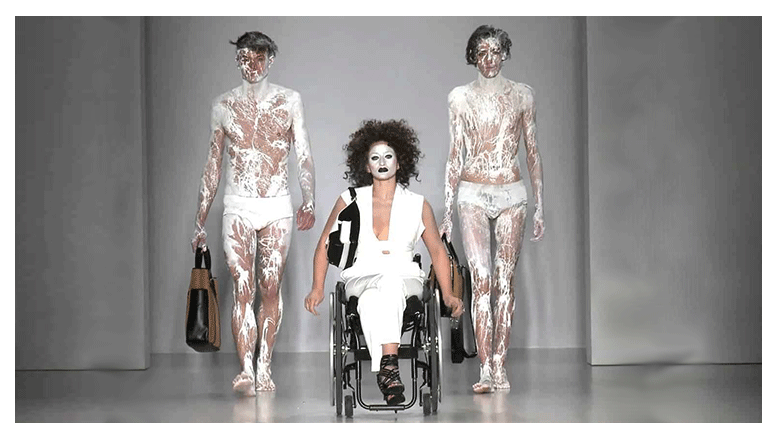The fashion industry has strived to celebrate diversity through disabled models and promote inclusivity in recent years.
Since the beginning of the fashion industry, slim bodies, beautiful faces, and gorgeous and abled-bodied models have gracefully dominated the Fashion Week runways and magazine front covers. While the Plus-Size or overweight and the LGBTQ community championed diversity and inclusivity by the late 90s, disabilities in fashion were essentially nonexistent. But today, the modeling industry is becoming more diverse. Fashion model agencies, photographers, and casting directors are seeing an increasing number of disabled models. They are making history and breaking down barriers.
RISE OF DISABLED MODELS
Fashion has always been instrumental in breaking stereotypes in society. And the rise of disabled models has revolutionized the fashion industry further. It challenges preconceived notions of physical abilities and traditional beauty standards by featuring disabled models.
For example, multiple advertising campaigns highlighting disabled models increase the visibility of celebrating and normalizing disability in the fashion industry. Many designers and brands have started featuring disabled models in their runway shows and presentations. They want to showcase diverse talent and beauty and promote a powerful message about inclusivity and adaptive fashion. These fashion brands and labels have also collaborated with disability advocacy groups and organizations to create inclusive collections and promotional campaigns. They are also focussing on adaptive clothing and accessories that cater to the specific needs of disabled people. Additionally, some schools and fashion institutes have even started offering courses and workshops on inclusive design and fashion for disabled individuals. Schools can help to educate future designers and industry professionals about the importance of accessibility and diversity.
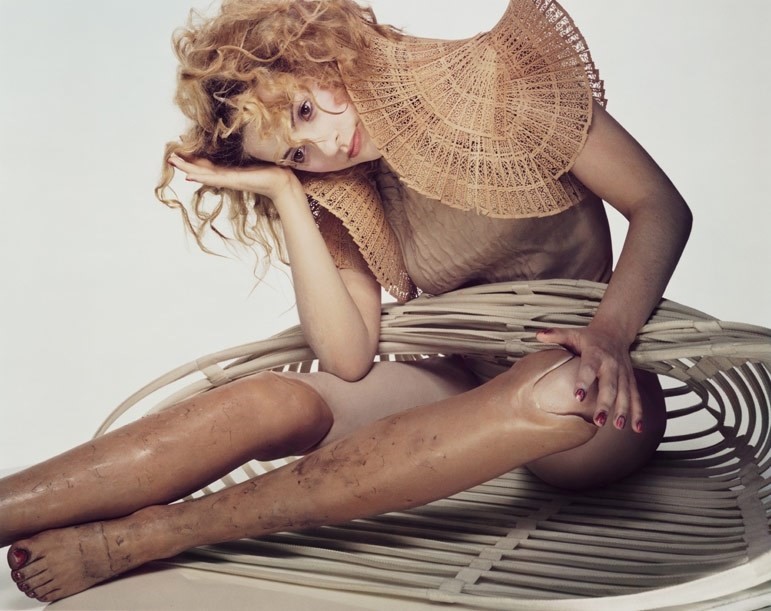
FIVE DISABLED MODELS
Social media has also played a significant role in promoting diversity in the fashion world. Some influential disabled models use platforms like Instagram and Twitter to share their stories, style, disability rights, and advocacy work. This helps them create awareness and inspire their large fan followers. For example, pioneers like Jillian Mercado and Mama Cax, among many others, broke the barriers for their community, providing visibility and creating more opportunities for aspiring disabled models. They use their social media platforms to educate the public about the challenges faced by disabled people and promote a more inclusive society. Similarly, several more notable disabled models have made significant strides in the fashion industry. However, I have listed five such influential disabled models in this post.
JILIAN MERCADO
The talented Latinx actress and fashion model was diagnosed with muscular dystrophy. It is a visible physical disability that confines her to a wheelchair. Jillian always had a drive for the fashion industry and desired to be a fashion model. But the hunger grew stronger when she was studying fashion marketing in 2006. However, after doing some research, she realized that it was an impossible thought because there were no disabled models in wheelchairs in the industry. But a miracle took place in 2014. There was a casting call for an ad for Diesel Jeans, and Jillian responded without a second thought. The creative art director of Diesel, Nicola Formichetti, chose her for the advertisement campaign, and she has not looked back since. Jillian appeared in many ad campaigns, including for commercial brands like Target and merchandise ads for Beyoncé’s Formation tour.
Although she is elated to be living her dream as a model, Jillian worries that companies will hire her not for her modeling skills. But utilize her only because of her disability, which brings good publicity to a brand or a label. To speak practically, she acknowledges that many fashion movements and poses are uncomfortable or impossible for her to do. And most shoot locations are inaccessible or not wheelchair-friendly. However, she feels amazed to be one of the few in this era to break barriers in the fashion modeling industry.

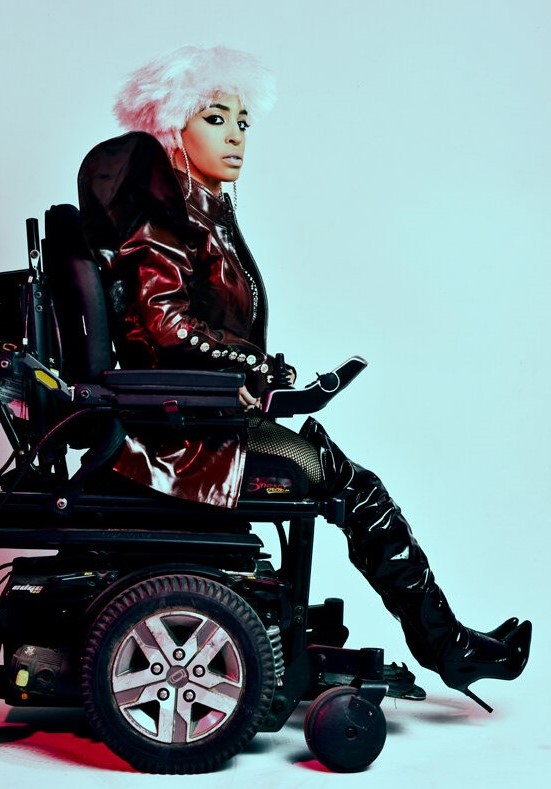

NINA CORNELIA MARKER
Diagnosed with Asperger Syndrome, a form of autism, at 15, the Danish fashion model speaks frequently on mental health issues and neurodevelopmental disorders. Nina Marker is an advocate for the Autistic community. Although she is beautiful and attractive in a stereotypical way, she wasn’t aware of it until Elite Model Management discovered her at a McDonald’s in 2014 and signed her as a professional fashion model. Since then, she has walked the runways for brands such as Chanel, Dior, Alexander McQueen, Stella McCartney, Valentino, Givenchy, Fendi, and Versace, among many other Fashion brands.
Nina Cornelia has a quirky sense of humor with a huge fan following. She openly talks to her community about battling depression following the episodes of autism during her teen. As a young kid, Nina always felt isolated because people treated her differently. But today, she is passionate about creating awareness and empowering people with autism. Being a disabled model, she wants to show that Autistic people can do anything they want to do and even become a fashion model.
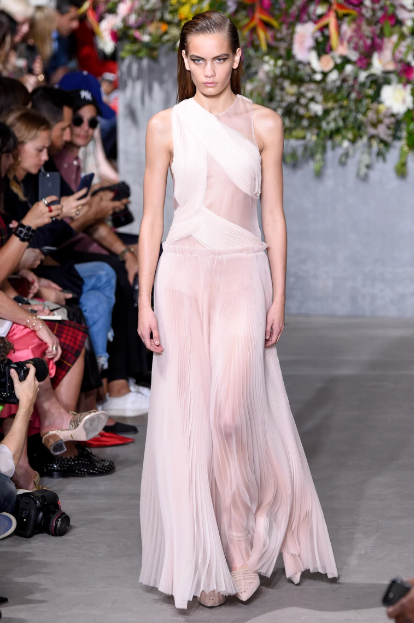


ELESHA TURNER
After suffering a rare form of bone cancer called Parosteal Osteosarcoma, the fashion model experienced a near-death situation with almost all the bones in her left leg replaced with titanium. Yes, she is amputated and carries a bionic leg. She is self-employed, and now, Elesha Turner is the first British disabled model to sign with a modeling agency. Elesha was earlier signed with Models of Diversity and became one of the faces of the agency alongside Jack Eyers, a London-based director and cinematographer. Later, she was signed up by MK Model Management. However, she was not hired as a professional model, meaning she mostly did photoshoots for campaigns that promoted diversity.
Elesha mentioned in one of her interviews with the fashion editors that modeling is challenging because you need to stand for long periods. Perhaps it is not an easy task to give variations to fashion poses due to her condition. Nonetheless, she loves being able to follow her passion and influence other aspiring disabled models to do the same.
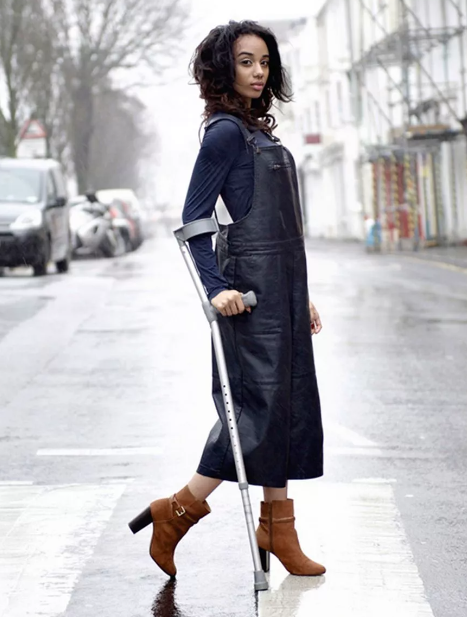

ALEXANDRA KUTAS
The first disabled model hailing from Ukraine claimed the title of the world’s first runway model in a wheelchair. She is an entrepreneur and public speaker and was also an adviser to the mayor of Dnipro on the accessibility of urban infrastructure. Alexandra Kutas modeled on the runway during Ukraine Fashion Week in 2015, which was tremendous for a small country. And a few months later, she unveiled a photography exhibition called “Break Your Chains” alongside photographer Andrei Sarymsakov. She wanted to break down society’s stereotypes and negative perceptions of disabled people with the exhibition. Alexandra even participated in a show for Runway of Dreams in association with Tommy Hilfiger and helped produce the world’s first fashion video featuring disabled models. She felt inspired by one of Alexander McQueen’s shows, where the brand used a disabled model, Aimee Mullins, both in his shows and as his muse.
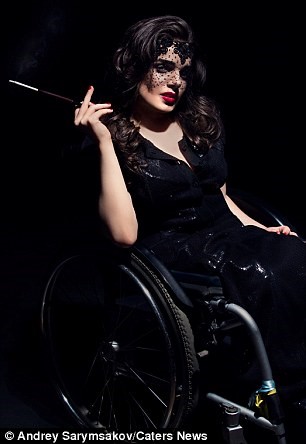

SHAHOLLY AYERS
A congenital amputee, a marketing executive from the United States, was once told that she should give up on her dream of becoming a fashion model due to her missing right arm. But regardless of her humiliation, she pursued a career in modeling with hard work and dedication. Shaholly Ayers has always dreamed of being a model, and her big break into the fashion industry came after the modeling offer for Nordstrom’s print catalog. Following that, she walked in New York Fashion Week for six consecutive seasons. During the first five seasons, she walked for FTL Moda, and the sixth season for Art Hearts Fashion and CLIO. Shaholly has graced the pages of many publications, such as GQ Italia, GQ Japan, US Weekly, Glamour, People.com, SHAPE, Women’s Health, and various Nordstrom print catalogs.
Today, Shaholly works as a brand ambassador for Global Disability Inclusion. It is a 100% woman and disability-owned organization that works with different companies to increase the inclusion of disabled people in the workforce.
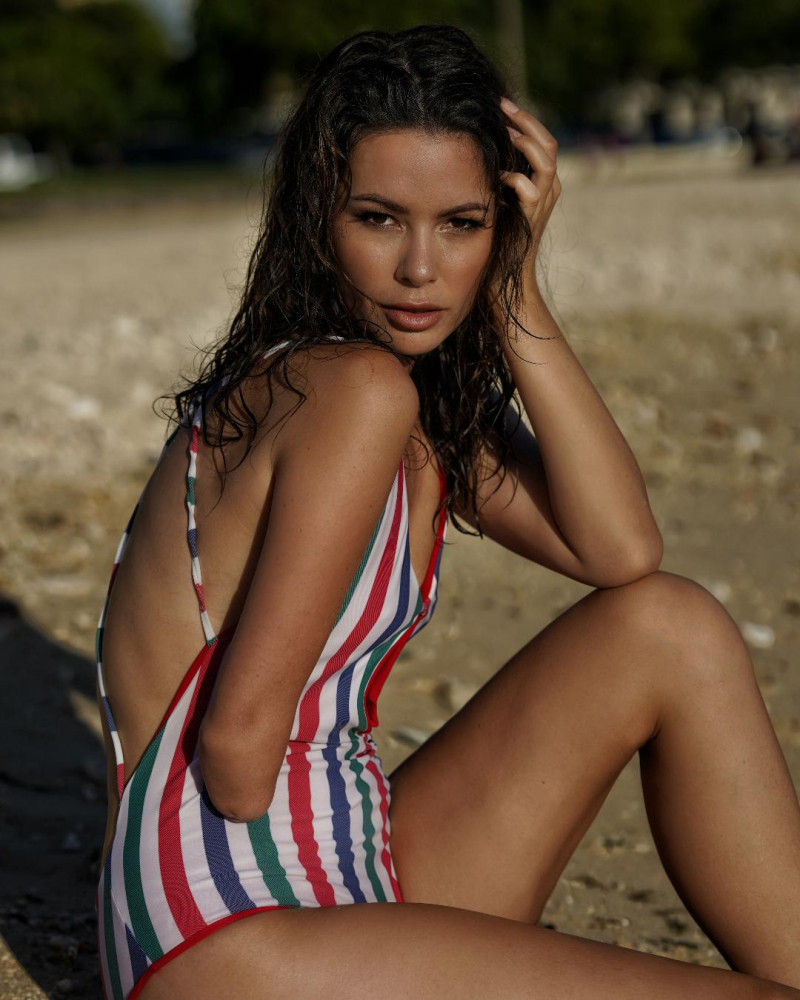

However, are Disabled Models just a trend, or will they endure?
Most of these disabled models address that variations to fashion movements and poses are challenging to achieve while sitting on wheelchairs or being physically amputated. Then again, breaking such stereotypes into the industry is already an achievement. It is a first step towards an adaptive fashion future for disabled individuals who look up to these influential personas and aspire to be full-time fashion models.
While the fashion industry has seen considerable progress with disabled models, it still needs to undergo various creative efforts that require development. Celebrating diversity and inclusivity with disabled models should not be just a trend. Encouraging adaptive fashion should become a fundamental part of the industry. And this can only progress further with continued efforts from designers, brands, advocates, and consumers that drive positive change and create a more inclusive and representative fashion world.

